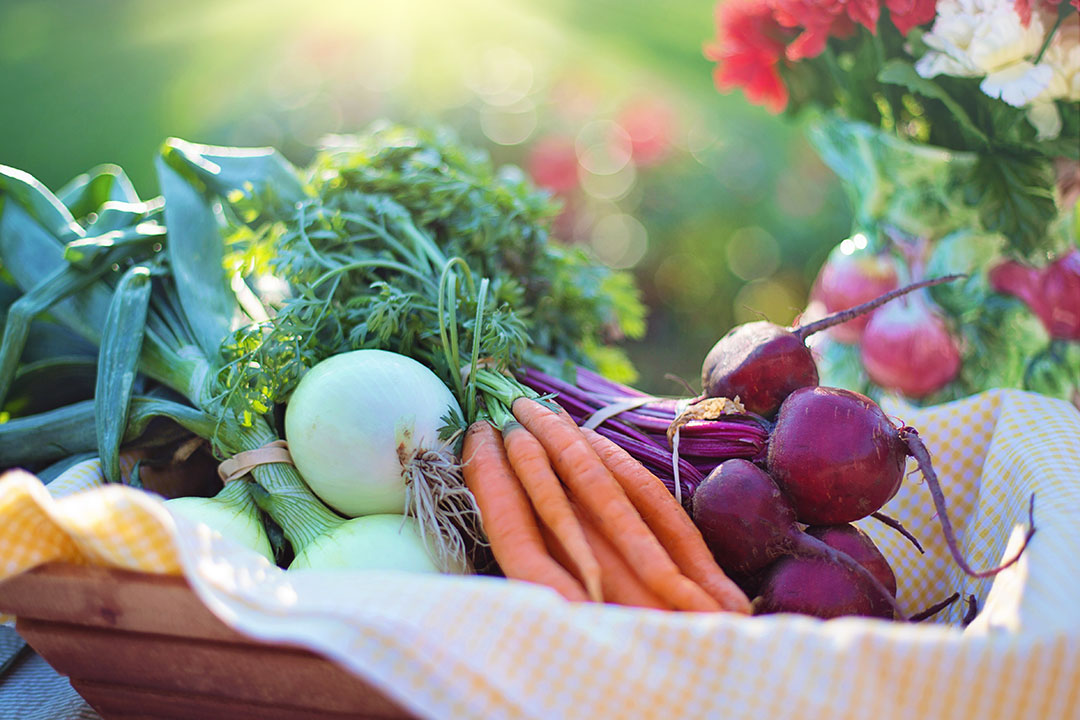
We have always been told that Olive Oil was the best and healthiest oil to use. After all, it’s high in monounsaturated fats and antioxidants that are able to lower “bad” cholesterol and raise “good” cholesterol levels. It also has the Omega oils that you need for a healthy nervous system and cardiovascular system. But did you know that cooking extra virgin olive oil at high heats can be dangerous?
Cooking with Extra Virgin Olive Oil Can Be Dangerous
Every oil or fat that you cook with has a smoking point. When oils reach temperatures over that smoking point it releases toxic smoke that also have carcinogenic (cancer causing) properties. This is because it causes it’s enzymes to be destroyed, proteins become carcinogenic, carbohydrates become caramelized and all of the vitamins and minerals lose their nutrients.
Safe Ways to Use Extra Virgin Olive Oil
Try using EVOO drizzled over vegetables for roasting or pan-frying. Blend it with your hummus or sauces for a smooth, delicious flavor with great health benefits!
If you do decide to cook with EVOO be sure to not cook over 320º. If you do, be sure to choose a lighter, more refined olive oil with a higher smoke point. That way you can still benefit from all of the healthy benefits it has.
Sources
- Allouche Y, Jimenez A, Gaforio JJ, Uceda M, Beltran G. How heating affects extra virgin olive oil quality indexes and chemical composition. J Agric Food Chem 2007;55:9646-9654.
- Aparicio-Ruiz R and Gandul-Rojas B. (2014). Decoloration kinetics of chlorophylls and carotenoids in virgin olive oil by autoxidation. Food Research International 65: 199—206.
- Attya M, Benabdelkamel H, Perri E, et al. Effects of conventional heating on the stability of major olive oil phenolic compounds by tandem mass spectrometry and isotope dilution assay. Molecules. 2010 Dec 1;15(12):8734-46.
- Bagoria R, Arora A, and Kumar M. Thermal decomposition behavior of edible oils in different atmospheres. Archives of Applied Science Research, 2012, 4 (6):2382-2390.
- Bastida S and Sanchez-Muniz FJ. Chapter 21 – Frying: A Cultural Way of Cooking in the Mediterranean Diet. The Mediterranean Diet, 2015, pages 217-234.
- Casal S, Malheiro R, Sendas A et al. Olive oil stability under deep-frying conditions. Food Chem Toxicol. 2010 Oct;48(10):2972-9. Epub 2010 Aug 3. 2010.
- Cicerale S, Conlan XA, Barnett NW, et al. Influence of heat on biological activity and concentration of oleocanthal–a natural anti-inflammatory agent in virgin olive oil. J Agric Food Chem 2009;57:1326-30.
- Dairi T, Galeano-Diaz MI, Acedo-Valenzuela MP, et al. Monitoring oxidative stability and phenolic compounds composition of myrtle-enriched extra virgin olive during heating treatment by flame, oven and microwave using reversed phase dispersive liquid—liquid microextraction (RP-DLLME)-HPLC-DAD-FLD method. Industrial Crops and Products, Volume 65, March 2015, pages 303-314.
- Echevarria B, Encarnacion G, Manzanos NJ, et al. The influence of frying technique, cooking oil and fish species on the changes occurring in fish lipids and oil during shallow-frying, studied by 1H NMR. Food Research International, Volume 84, June 2016, pages 150-159.
- Katragadda HR, Fullana A, Sidhu S, et al. Emissions of volatile aldehydes from heated cooking oils. Food Chemistry, Volume 120, Issue 1, 1 May 2010, Pages 59-65.
- Moreno DA, López-Berenguer C, García-Viguera C. Effects of stir-fry cooking with different edible oils on the phytochemical composition of broccoli. J Food Sci. 2007 Jan;72(1):S064-8. 2007. PMID:17995900.
- Santos CSP, Cruz R, Cunha SC, et al. Effect of cooking on olive oil quality attributes. Food Research International, Volume 54, Issue 2, December 2013, pages 2016-2024.
- Vallverdu-Queralt A, Reguiero J, de Alvarenga JR, et al. Home Cooking and Phenolics: Effect of Thermal Treatment and Addition of Extra Virgin Olive Oil on the Phenolic Profile of Tomato. Agric. Food Chem. 2014, 62: 3314-3320.





Leave a comment
This site is protected by hCaptcha and the hCaptcha Privacy Policy and Terms of Service apply.